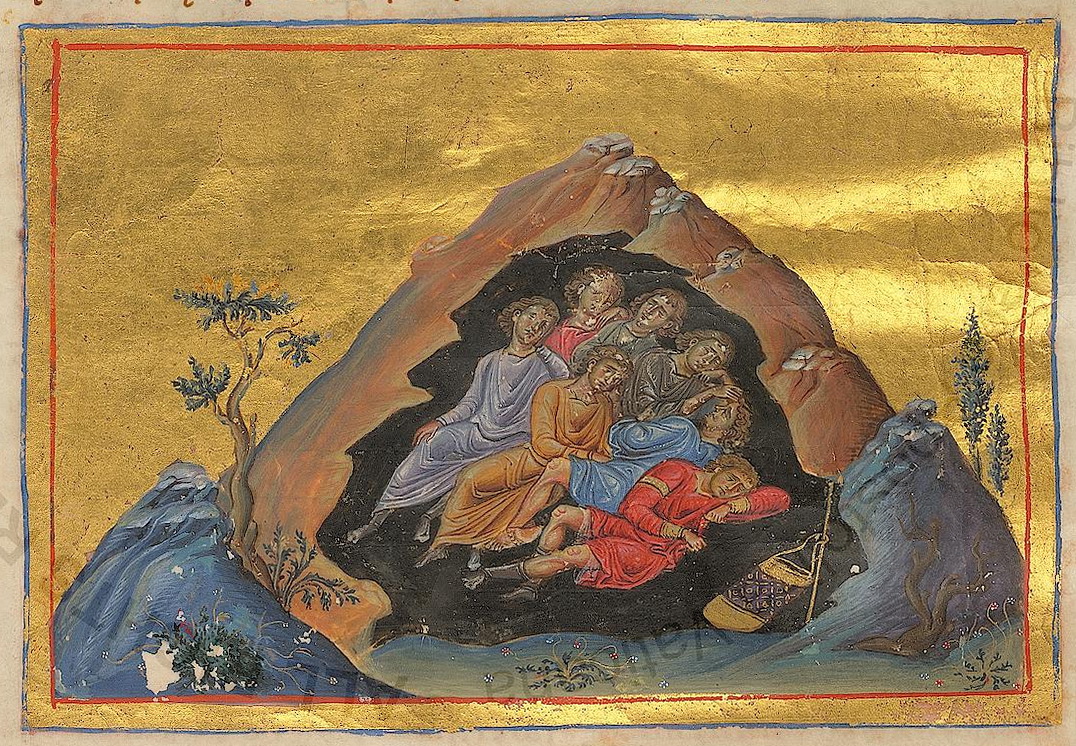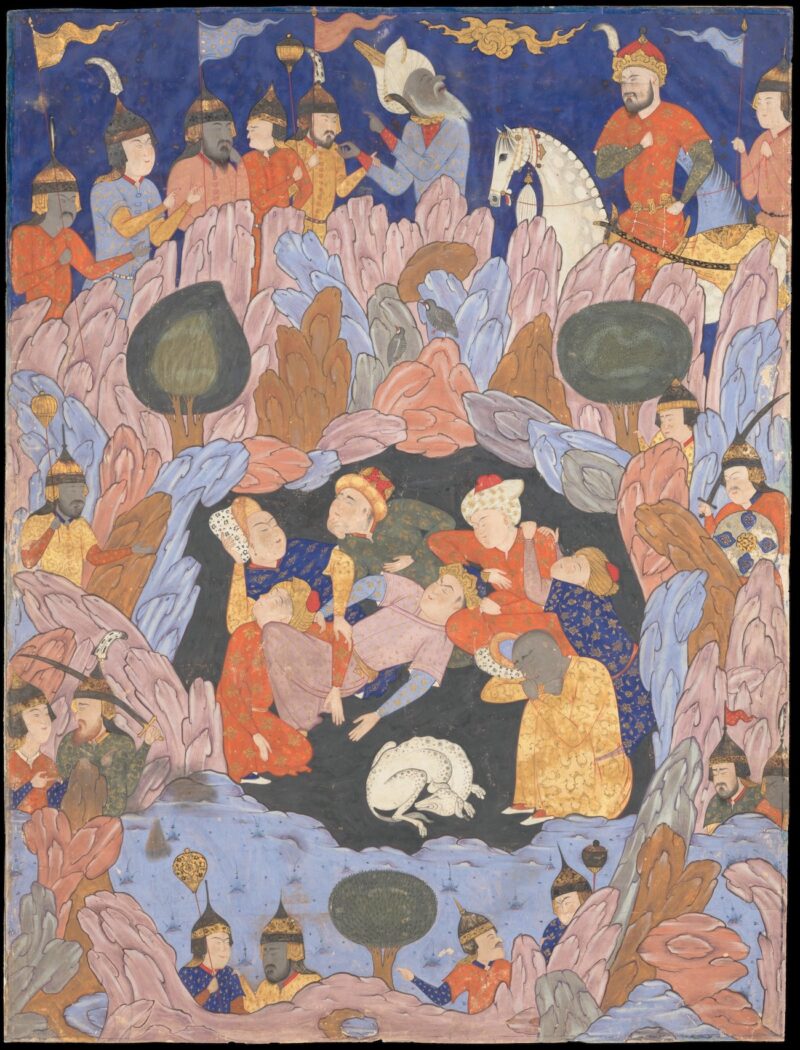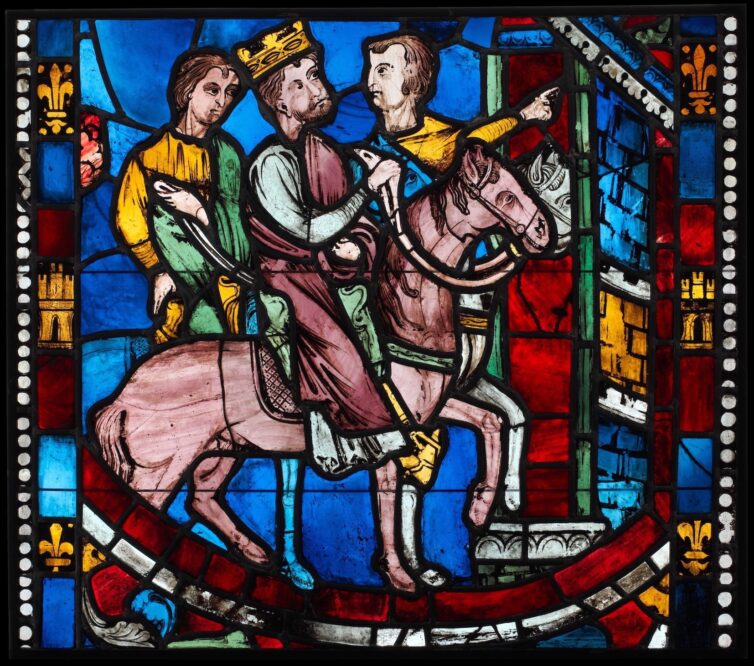
“Those who compared our lives with a dream were right. We were sleeping awake and waking up asleep. ”
–Montaigne
It was many years ago that an elderly local recounted this tale while we were touring Ephesus, Turkey on a beautiful spring day. Though I would find out more about this story in the years to come, the way he recited it on that day left an indelible mark in my memory.
There were seven young people who lived at the time of the Roman emperor Decius ( 250 AD) and who were of the same conviction. Although the majority believed in idols at that time, these seven companions had chosen to believe in Jesus. Having heard about their faith, the emperor ordered all seven of them at his court and inquired about their new religion. Although they knew that Decius was totally against the religion of Jesus, they explained to him that they knew no god but the only God who created the earth and heavens and his envoy Jesus. The emperor became very angry and said that he should kill them. But then, considering their youth, he gave them three days’ notice to renounce their conviction, and if they did not change at the end of the three days, they would be killed. The seven youngsters decided to take the chance and set out for refuge in a mountain cave. As they left the city a white dog followed them all the way and would not leave them. Finally, they found a remotely secluded cave and hid inside. Qitmir, the guardian dog sat watch at the entrance of the cave. The Seven Sleepers also known as the Companions of the Cave exhausted as they were fell into a deep sleep on the spot.

Nearly 200 years later, they awoke during the reign of the emperor Theodosius II (408-450 AD), at a time when the people of the Roman Empire renounced idolatry and became Christians. Upon waking up, they started asking each other how long they slept. Some of them claimed they might have slept one day, and a few others claimed as much as part of the day. When they couldn’t come to a conclusion, they stopped arguing. Assigning Jean the task, they gave him their silver coins and sent him to go to the city to buy food and also instructed him to be careful in order not to be recognized. When Jean arrived in the city, to his amazement, he saw that the city and the spoken language had changed. He went into a shop and wanted to buy some bread. But when the shop keeper saw the picture of the emperor Decius on the silver coin, he couldn’t believe his eyes and asked the stranger where he got the coin. When Jean said that the money was his, the shopkeeper refused to believe him.
The news spread quickly and a large crowd gathered around them. When the matter reached the governor of the city, surprised as he was, he asked Jean where he found the treasure. Jean insisted that the money belonged to him. The governor did not find him credible either. Meanwhile Jean was relieved having learned that emperor Decius was dead and he told the governor that he and his friends had taken refuge in the cave the day before to escape the persecution of Decius. The governor, all the more astonished, went to the cave to see if his friends were really there. A crowd of townspeople followed him. When they arrived at the cave, they witnessed the truth of their story which was then reported to emperor Theodosius. The emperor personally came to visit the cave of the Seven Sleepers and declared the place as a pilgrimage site.

Eventually, the Seven Sleepers breathed their last breath in the cave where they slept for 200 years. Having witnessed such a miracle, people’s faith grew stronger, and the emperor ordered a monument to be built at the site of the cave.
Though 1500 years are gone by, the everlasting effect of this miracle is remarkable. Their story recited in nine ancient languages survived in scripts and paintings and fortunately reached our times.
Duygu Bruce
References :
The story of the Seven Sleepers is told in the Quran (18: 9-26). It is written in many ancient languages including Latin, Greek, Coptic, Arabic, and Syriac. The oldest manuscript in Syriac from the 5th century is in St Petersburg Museum, Russia.
According to common belief, the cave is located in the ancient city of Ephesus in the Aegean region and the site is still visited today.







